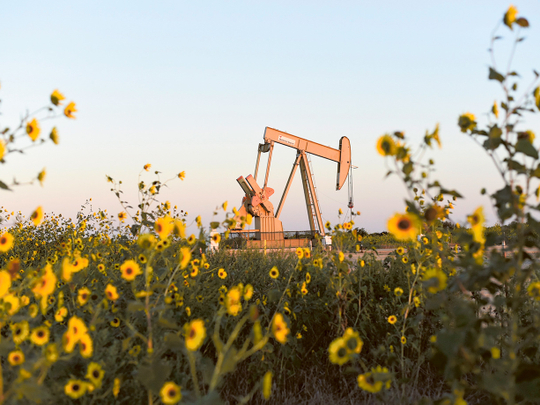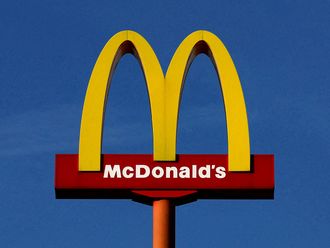
London: Oil rose towards $31 a barrel on Wednesday after four days of declines, supported by the prospect of Opec and rival producers cooperating to tackle a supply glut that has sent prices to a 12-year low.
Iran’s oil minister said Tehran was ready to negotiate with Saudi Arabia and the Kremlin’s oil tsar Igor Sechin proposed producing countries reduce output by 1 million barrels per day — without saying whether non-OPEC member Russia would cut.
While traders and delegates from the Organization of the Petroleum Exporting Countries are sceptical any deal between the group and rival producers — which would be the first in over a decade — will happen, the prospect is supportive for the market.
“If prices drop further, the chance for joint action increases and this in turn should prevent a further sharp drop in prices,” said Carsten Fritsch of Commerzbank. “Today’s gain is just a bounceback after yesterday’s sharp sell-off.” Brent crude was up 55 cents at $30.87 a barrel by 1017 GMT. The contract fell for a fourth straight session on Tuesday to end down 7.8 per cent. US crude was 55 cents higher at $28.49.
Oil collapsed from above $100 in June 2014 to a 12-year low of $27.10 last month, pressured by oversupply and a 2014 change of policy by Opec to focus on market share, not support prices.
The drop has squeezed producers’ oil income and is having a wider impact. Turmoil in financial markets, in which shares of the world’s biggest banks fell steeply this week, is partially caused by the low oil price, the head of BP said on Wednesday.
“Of course the turmoil is a big concern,” BP Chief Executive
Bob Dudley told Reuters. “I’ve been travelling recently to major consuming countries like Japan and even they say they would like higher oil prices.” Oil also gained support from a report showing a smaller build-up in US crude inventories than forecast.
The American Petroleum Institute (API), an industry group, said crude stocks rose by 2.4 million barrels in the week to Feb. 5, less than the 3.6-million-barrel rise expected by analysts.
Investors will on Wednesday turn to the weekly supply report from the US government’s Energy Information Administration at 1530 GMT for confirmation of the move, while OPEC’s latest demand and supply outlook is due later on Wednesday.












